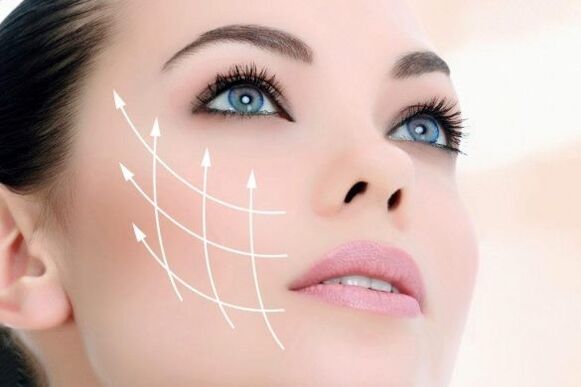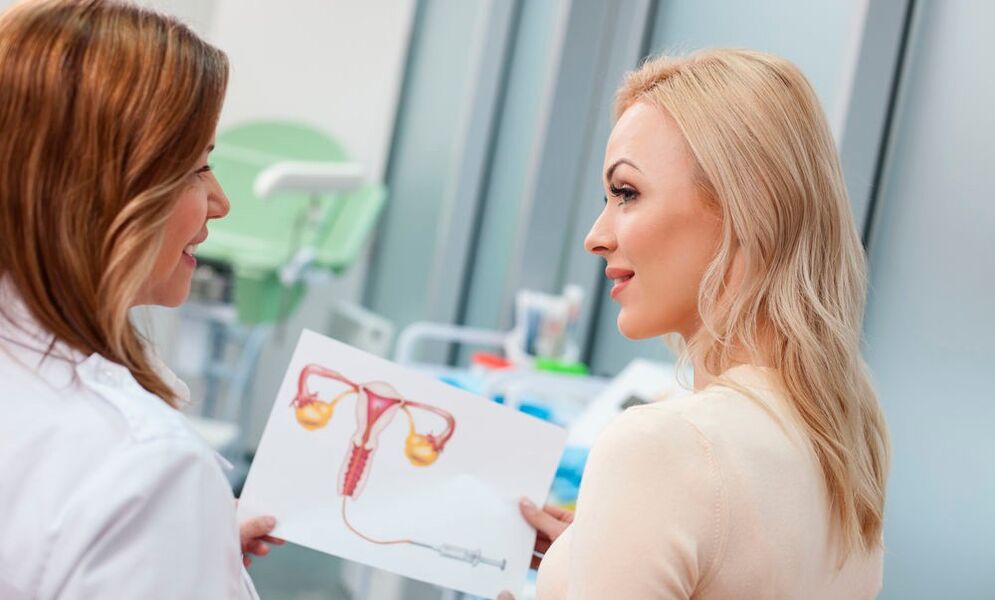You may want to see the results of rhinoplasty (nose shaping) surgery immediately, but the recovery process will take some time. In the meantime, some steps can be taken to speed up the process and ensure proper healing.
Recovery time after rhinoplasty
The average recovery time for rhinoplasty is one year. It seems to be a long time, but when it is broken down into a time frame, it becomes easier to manage. The following steps to recover from nose surgery vary from patient to patient, but things like this usually happen:
1 week after rhinoplasty:The splints used in rhinoplasty surgery can be removed, and as long as there are no bruises around the eyes, you can go out without showing obvious signs of nose surgery. This may take 2 weeks. It is safe to resume daily life.
2 weeks after rhinoplasty:After the rhinoplasty, most of the swelling on the face has been reduced, and most of the bruises have disappeared.
3-4 weeks after rhinoplasty:You can safely resume normal physical activities, such as jogging, swimming, and cycling.
6 weeks after rhinoplasty:The bones are stable and you can resume resistance training (weight lifting), wear glasses, and touch your nose. The smallest damage is no longer terrible.
3-6 months after rhinoplasty:The numbness and abnormal sensation in the nasal area should disappear.
1 year after rhinoplasty:The healing process is complete-the swelling should disappear completely.
Is there a way to speed up this schedule after nose surgery? In fact, there are many things you can do to make the recovery process of nose surgery smoother. We recommend the following:
1. Listen to the doctor

First, follow the doctor's instructions. You can read 100 articles about rhinoplasty recovery online, but nothing beats the information you get from a plastic surgeon. You will receive specific instructions on what medicine to take, when to take it, how to care for the surgical site to prevent infection, and when you need to return for another examination.
2. Listen to your body
Your plastic surgeon will be able to see how you are recovering after rhinoplasty, but only you know how you feel. Listen to your body's voice-if you have problems after rhinoplasty, please consult your doctor immediately.
3. Keep your head elevated for several days or weeks after rhinoplasty

Sleeping on the side after rhinoplasty is not only uncomfortable-it can also shorten the recovery time by preventing additional bruising and swelling. To avoid accidents after rhinoplasty surgery, you need to keep your head elevated for 6 weeks after the surgery. One of the easiest ways is to raise your head on two or three pillows. You can also sleep on a recliner. If you tend to move while sleeping, you can use a travel pillow or roll up a towel to secure your head.
4. Cold compress after rhinoplasty
In the first 72 hours after nose surgery, applying cold compresses can help reduce swelling. Be careful not to press the compress directly on the nose. Instead, place it on your cheeks to avoid accidentally moving bones or cartilage.
5. Rest more after rhinoplasty
The congestion you feel after nose surgery can make it difficult for you to fall asleep, but rest is an important part of the recovery process. Your body will use energy to repair itself, and sleep for seven to eight hours every night, your body will have time to restore energy.6. Maintain a healthy diet after rhinoplasty

What is the relationship between eating vegetables and recovery from nasal surgery? Actually very important. A balanced diet after rhinoplasty will help speed up the healing process and provide the body with the nutrients it needs for self-healing.
Protein is an important part of skin, muscle, cartilage and blood. Nuts, meat, eggs, yogurt, fish and other protein-rich foods will help your body repair damaged tissues in and around the nose.
You also need to make sure that your diet contains a lot of vitamins, namely vitamin A and vitamin C. Vitamin A is usually found in dark green leaves such as spinach and kale. It is a good immune booster that can help you fight infections after rhinoplasty. Vitamin C plays an important role in the regeneration of collagen, which is a protein that connects skin tissues. Citrus fruits, Brussels sprouts and broccoli are good sources of vitamin C.
7. Keep calm after rhinoplasty
Sauna, hot showers and sunbathing are pleasant pastimes, but they are not good for your puffy nose. High temperature can cause more swelling of the nose tissue, so it is best to stick to a cool, light diet, take a hot bath, and stay away from high temperatures for a few weeks after the rhinoplasty surgery.
8. Do not blow your nose violently after rhinoplasty.
After rhinoplasty, you may have difficulty breathing for weeks or even months. This sensation is caused by swollen nasal tissue. Resist the urge to blow your nose and discuss with your doctor about using nasal saline to gently moisturize your nasal cavity until the swelling subsides. You can resume blowing your nose actively 6 weeks after the operation.
What should I do if I sneeze? You can't just sneeze. Instead, try to sneeze with your mouth instead of your nose. This sounds disgusting, but it is better than destroying the fragile nasal passages and slowing down the recovery time of rhinoplasty.
9. Avoid strenuous exercise after rhinoplasty

In most patients, it takes about 6 weeks for the nasal bones to heal after surgery. Strenuous exercise should be avoided during this period. Even harmless actions, such as stretching, lifting, or bending, can increase the swelling of the nose. Before you start the relaxation exercise, wait for the doctor to give you the green light so that you can resume normal activities after the rhinoplasty.
10. Do not wear glasses after rhinoplasty
Sunglasses, reading glasses, prescription glasses-anything that puts pressure on the nose during the healing process can cause extra bruises, swelling and even dents, requiring a second rhinoplasty surgery.
Your plastic surgeon will advise you when to start wearing glasses again. At the same time, if you can, please use contact lenses instead. If you can't, wear the lightest frame possible, and only wear it when absolutely necessary. If necessary, you can place a splint under the glasses, which is the splint on the nose after rhinoplasty. It can be used with any glasses.
11. Don't bask in the sun after rhinoplasty
It is always helpful to protect the skin from excessive sun exposure, but this is especially important after nose surgery. Excessive sunlight not only makes the nose more susceptible to sunburn in the weeks and months after surgery, but it can also cause scars to darken and swell more severely.
12. Do not smoke before and after rhinoplasty
Before and after nose surgery, it is important not to smoke and, if possible, to avoid second-hand smoke. The nicotine contained in tobacco products restricts blood flow, makes it difficult for the body to heal itself, and interferes with the recovery of plastic surgery, especially nose surgery.
13. Be very patient after rhinoplasty!
First, be patient. You will recover and get the rhinoplasty effect you want-it just takes time. The above steps will not turn a one-year recovery process into a one-week recovery process, but will help speed up the process and improve the postoperative results of rhinoplasty.
The recovery process after rhinoplasty varies from person to person. But from the moment you arrange your first rhinoplasty consultation, your doctor will accompany you throughout. If you have any questions about recovery or the operation itself, please don't hesitate to call your doctor or fill out the online contact form.
Speaking of revision rhinoplasty
When your nose surgery does not achieve the desired results, you may be very disappointed. After spending a lot of money and dealing with a long and inconvenient recovery, you may face this terrible problem.
Either way: you are not alone. Approximately one-third of patients have been asked whether there is any possibility of correction or reoperation of rhinoplasty.
The good news is that in some cases, the desired appearance can be obtained through non-surgical methods. But when it comes to revision rhinoplasty, please follow the five steps below to prepare for revision rhinoplasty.
1. Make sure your nose is completely healed after the first rhinoplasty surgery

First of all, your nose needs to fully recover from the first rhinoplasty surgery to withstand another surgery. It usually takes a whole year to wait for the repair rhinoplasty surgery. Premature revision surgery may be unreasonable because it may not solve all postoperative problems. Therefore, it is recommended to discuss nose repair surgery only 12 months after the initial rhinoplasty.
2. Choose a new facial plastic surgeon carefully.
Repairing rhinoplasty is more difficult than initial rhinoplasty, because there may be many complicated problems that need to be solved by the nasal tissue that has been operated on. This requires plastic surgeons with experience and knowledge to adequately solve the unforeseen problems that may arise.
Expert certification is very important, but qualified rhinoplastic surgeons should also actively receive education.
Dr. Farrior describes himself like this: . . . . I take myself as an example, so you know which doctor to call: I have taught rhinoplasty and repair rhinoplasty both domestically and internationally, and I have published many on this topic. Articles and book chapters. In 2013, I was elected President of the American Academy of Facial Plastic and Reconstructive Surgery and am the former President of the Florida FPS Society.
3. How to decide to reschedule rhinoplasty surgery
Rhinoplasty can be relatively simple-or extremely complex. It all depends on the following:
- What was the degree of abnormality caused by the first rhinoplasty surgery?
- What was the amount of septal cartilage removed in the first rhinoplasty?
- What are the characteristics of your skin.
- What is the passage of the nasal airway after rhinoplasty?
The only way to be sure to understand all of the above is to schedule a consultation. During the physical examination, your surgeon will be able to determine if there is a significant loss of structural support during the initial rhinoplasty. If it has occurred, then repeated rhinoplasty is often necessary and cartilage transplantation is necessary. This kind of graft can be obtained from the nasal septum. According to rhinoplastic surgeons, the nasal septum is the best source of corrective materials.
If the septal cartilage has previously been removed or damaged, it may be necessary to extract the cartilage from the ear or ribs. Each of these types of transplants has advantages and disadvantages, which will be discussed during the consultation.

4. Get complete information from your previous rhinoplasty surgeon
Plastic surgeons can learn a lot by just looking at your nose. But in order to provide you with the maximum amount of information during the consultation process, it is best to obtain and provide your pre-rhinoplasty photos and surgery summary from the previous surgeon.
I understand that this may be an inconvenient request for some patients, but there is nothing shameful and prohibitive. The medical record is a property shared between you and the doctor, not the other way around.
5. Plan to revise the cost of rhinoplasty
Revision rhinoplasty usually takes 2 to 5 hours and is performed under general anesthesia. It requires limited physical activity for six weeks after surgery. The splint will be kept for eight days after the operation, and there will be a certain degree of nasal congestion and swelling. More detailed information about postoperative restrictions will be discussed during the consultation.
Since rhinoplasty is more complicated and time-consuming than the first rhinoplasty, the cost is higher. Generally, the cost of a revision rhinoplasty is 50-100% higher than that of the initial rhinoplasty.
If your new nose is not what you want, it's time to take the next step-seek professional advice.




















